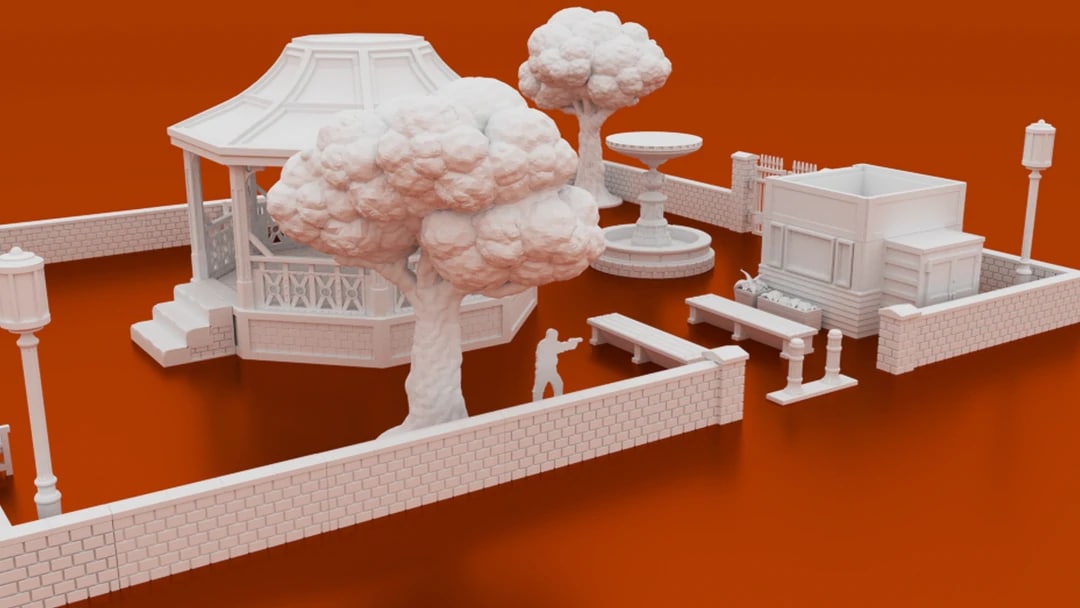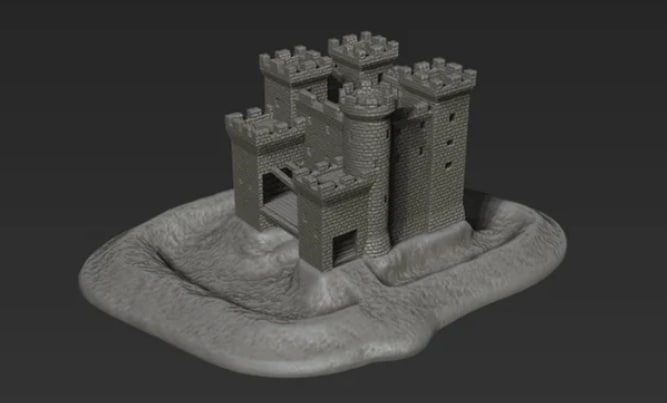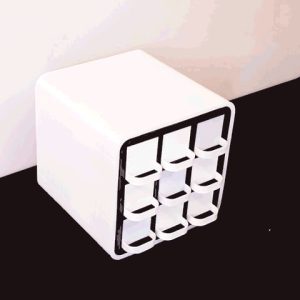Description
PLA+ is a modified version of PLA that has improved mechanical properties, such as strength, ductility, and flexibility. It can also tolerate higher temperatures than standard PLA. This makes PLA+ a good choice for applications where strength and durability are important, such as:
- Functional parts: PLA+ can be used to print functional parts that need to withstand wear and tear. For example, you could use PLA+ to print a replacement gear for a broken appliance, or a bracket to hold up a heavy object.
- High-temperature applications: PLA+ can be used in applications where the temperature may exceed the normal operating temperature of PLA. For example, you could use PLA+ to print a part that will be exposed to sunlight or heat from a stovetop.
- Parts with smooth surfaces: PLA+ parts tend to have a smoother surface than standard PLA parts. This makes them a good choice for applications where the appearance of the part is important. For example, you could use PLA+ to print a trophy or a decorative object.
Overall, PLA+ is a versatile material that can be used for a variety of applications. If you need a strong, durable, and smooth-surfaced 3D printed part, PLA+ is a good option to consider.
Here are some additional benefits of using PLA+ in 3D printing:
- Better layer adhesion: PLA+ has better layer adhesion than standard PLA, which results in stronger and more durable parts.
- Smoother surface finish: PLA+ parts tend to have a smoother surface finish than standard PLA parts, which makes them more aesthetically pleasing.
- Reduced warping: PLA+ is less likely to warp than standard PLA, which makes it easier to print complex parts.
However, there are also some drawbacks to using PLA+ in 3D printing:
- Higher cost: PLA+ is typically more expensive than standard PLA.
- Not as strong as some other materials: PLA+ is not as strong as some other materials, such as ABS or nylon.
- Not as heat-resistant as some other materials: PLA+ is not as heat-resistant as some other materials, such as ABS or nylon.
Overall, PLA+ is a good choice for 3D printing applications where strength, durability, and smooth surface finish are important. However, it is important to weigh the benefits and drawbacks of PLA+ before deciding whether it is the right material for your application.










Reviews
There are no reviews yet.